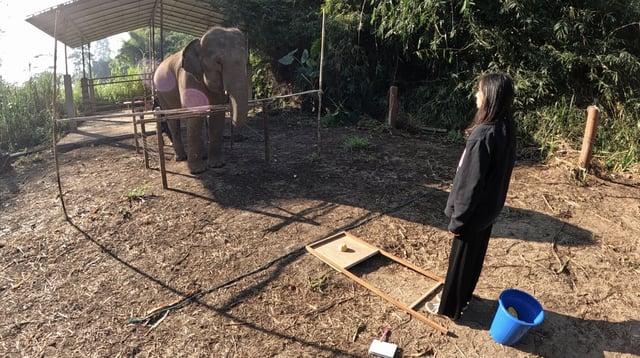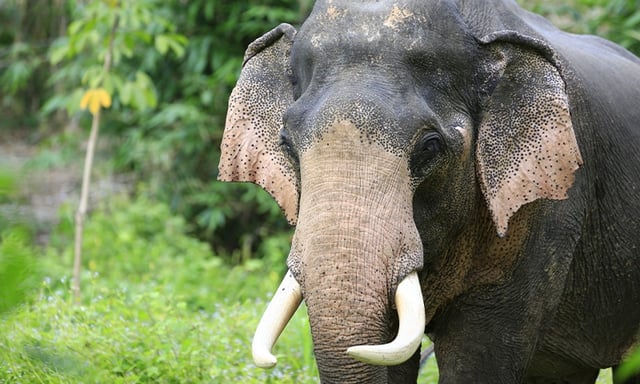Overview
- Kyoto University researchers tested 10 captive female Asian elephants in Chiang Rai using a food-requesting task with controlled posture conditions.
- Elephants produced the most gestures when both a person’s face and body were directed toward them, indicating sensitivity to combined visual cues.
- Body orientation exerted a slightly stronger influence than facial orientation, yet neither cue alone reliably increased gesturing.
- When the experimenter was absent, elephants behaved similarly to when the person stood turned away, indicating responses were not driven by mere human presence.
- The findings, published October 2 in Scientific Reports (DOI: 10.1038/s41598-025-16994-3), extend earlier African-elephant results and highlight limits of a small captive sample alongside plans to probe cooperation, prosociality, and delayed gratification.

